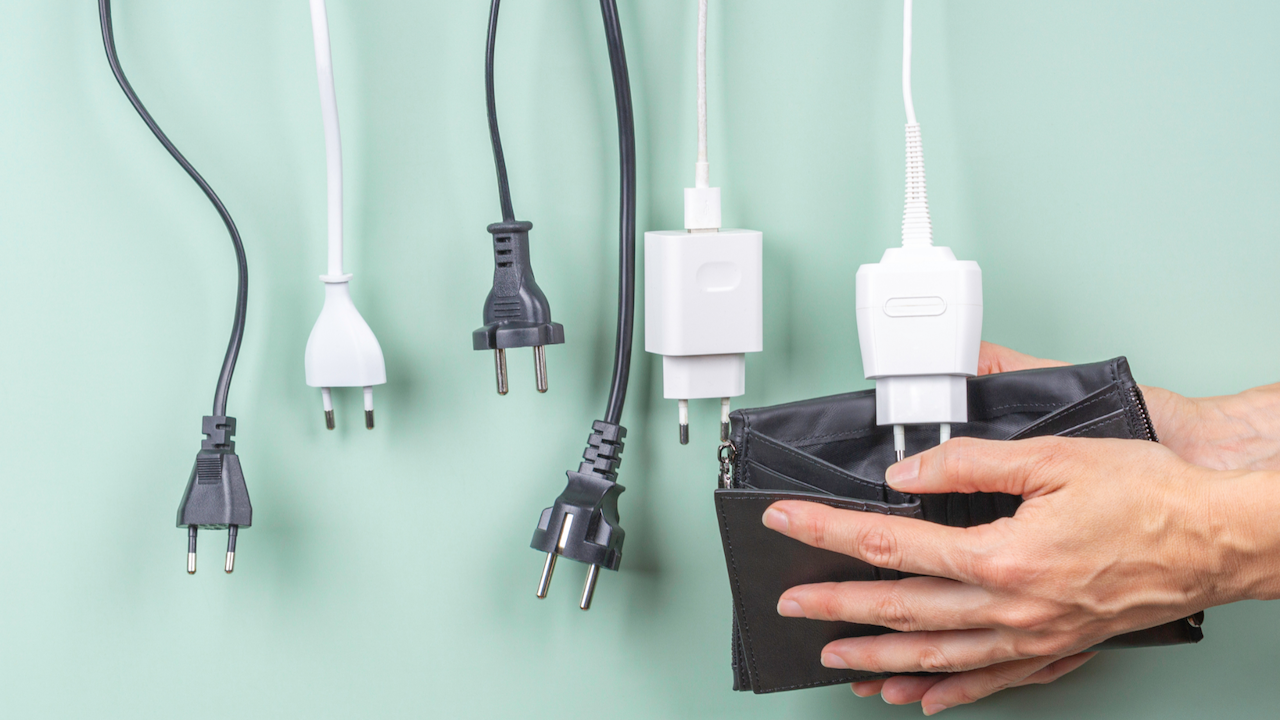Image source: Canva.com
If you’ve noticed an increase in your utility costs and are looking to cut back on electricity usage, examining your stove’s energy consumption is a great place to start. Electric stoves and ovens are among the most frequently used appliances in a home. Understanding how much energy they use can help you find ways to lower your monthly bills.
Electricity Consumption of Electric Stoves and Ovens
The electricity consumption of electric stoves and ovens depends on several factors, including the type of appliance, its size, how often it’s used, and its energy efficiency rating. Here’s a breakdown of what to consider:

Electric Stove Consumption
An electric stove typically consumes between 1,000 to 3,000 watts per hour, depending on the number of burners in use and the cooking temperature. A single burner can consume between 1,200 and 2,500 watts, while the whole stovetop might draw more power when multiple burners are in use.

Electric Oven Consumption
An electric oven typically consumes between 2,000 and 5,000 watts per hour. When baking or roasting, the energy use varies depending on the temperature setting and how long the oven is in operation. Higher temperatures and longer cooking times will naturally consume more electricity.

Cooking Time
The length of time the stove or oven is in use significantly impacts electricity consumption. For instance, a stove used for a short period (e.g., boiling water) will use less electricity than an oven baking at 350°F for an hour.

Energy Efficiency
Modern electric stoves and ovens often come with better energy efficiency ratings. Newer models equipped with induction technology or convection ovens are generally more efficient, meaning they use less energy to heat up and maintain temperatures compared to older models.
In summary, while electric stoves and ovens are convenient kitchen appliances, they can consume a significant amount of electricity, especially if used for extended periods or at high temperatures. Energy-efficient models and mindful usage can help reduce overall power consumption.

What Voltage and Amps Does a Stove Require?
Stoves and ovens, being high-energy appliances, typically require a 240-volt outlet and use between 20 to 60 amps. The voltage and amperage determine the power consumption of these devices.
How Many Amps Does a Pellet Stove Use?

A typical pellet stove uses between 2.5 and 3.0 amps, equating to approximately 303 watts per hour. This power is necessary for operating the stove’s motors, burner, stirrer, and blower. Despite their relatively low power consumption, pellet stoves are efficient household appliances and generally use less energy compared to many electric heaters and fireplaces.
However, pellet stoves consume more power during ignition, which can reduce overall energy efficiency with each start-up. Despite this, pellet stoves are a popular and cost-effective heating option, especially for homeowners looking to save on heating costs during cold winters. Pellets are the preferred fuel for these stoves, but the electrical and mechanical components still require energy to function.
Estimate Your Oven and Stove’s Energy Consumption
If you want to know how much electricity your range uses (or at least is supposed to use), you’ll need to know the exact wattage of your appliance. Take that number and multiply it by the hours you think you’ll cook with your oven and stove for the year to get a total yearly energy usage estimate. Finally, multiply this number by the average electricity rate in your area to get an estimate of how much you spend to power your electric range each year. For an estimated monthly cost, divide the estimated yearly cost by 12.

Understanding the Power Consumption of Your Household
Factors Influencing Oven Power Consumption
Several factors affect the power consumption of an electric stove or oven beyond just the duration of use. Key considerations include the wattage of the appliance and its specific features. Here are the main factors that influence energy usage:
Types of Ovens
Conventional ovens: Traditional ovens typically consume the most power. They are quick to heat up and start cooking, making them popular despite their higher energy use. They usually have visible heating coils.
Convection ovens: These ovens are more energy-efficient than conventional ones. They use a fan to circulate hot air, allowing them to cook food more evenly and efficiently. They are particularly beneficial for cooking multiple dishes simultaneously.
Infrared ovens: Infrared ovens use powerful infrared light to cook food from the inside out. While they are more expensive, they consume less energy and can be more efficient than both conventional and convection ovens.
Gas ovens: Though they use less electricity compared to electric ovens, gas ovens are often preferred for their efficiency and lower operating costs. The cost of gas is typically lower than electricity, leading to monthly savings.
Frequency of Use
The amount of energy an oven consumes directly relates to how often and how long it is used. Cooking multiple dishes at once with a convection oven, for example, can be more energy-efficient than preparing each dish separately.
Burner Size and Power
The wattage of your stove’s burners is influenced by their size – the larger the burner, the more watts it uses. Efficient use of a standard stove with appropriately sized burners can help conserve energy compared to opting for a more powerful, expensive model.
Different Oven Models
Standard gas ovens: Generally consume less electricity and are more energy-efficient due to the lower cost of gas compared to electricity. Expect savings of around 30% on your energy bill.
Standard electric ovens: Feature visible heating elements and offer precise temperature control and quicker start-up times. They are less efficient than gas ovens but provide advantages in temperature management and safety.
Convection ovens: Use less electricity than conventional ovens and are popular for their efficiency in cooking multiple items simultaneously due to the fan that circulates heat.
Microwave ovens: Use the least power among cooking appliances. They are ideal for reheating food and use less energy than electric ovens, though they are not the best for all types of cooking.
Toaster Ovens: Designed for toasting bread and small items, toaster ovens use less power than conventional ovens but are less efficient than microwaves for certain tasks.
Induction cooktops: The most energy-efficient cooktops, induction cooktops transfer energy directly to the pot with minimal heat loss. They offer significant savings compared to both electric and gas ranges.
Understanding the different types of stoves and how to save money with them – both immediately and long-term – is essential. Our practical advice will help you understand electric stoves, how to reduce costs, and what to consider before making a purchase. Additionally, it’s important to be aware of your power consumption when using stoves and ovens.





